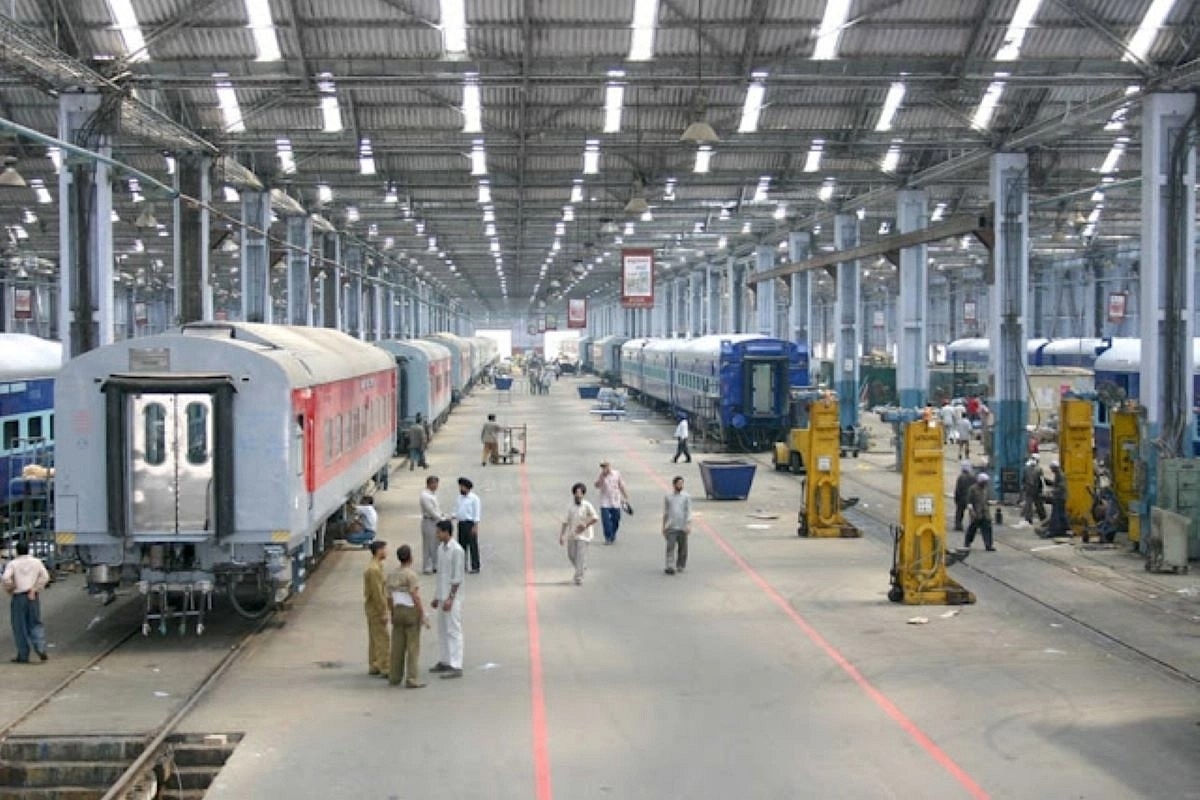News Brief
Vande Metro, Rapid Metro And More: Railways Eyes 11 Per Cent Increase In Domestic Coach Production Amid Rail Transit Expansion

RCF Rae Bareli
With an ongoing emphasis on expanding advanced rail transit, the Indian Railways is expected to witness an 11 per cent increase in the production of coaches during the financial year 2024-25, according to Economic Times report.
The upcoming Financial Year’s goals include the production of rapid metro, regional metro, and Vande Metro — a scaled-down version of the Vande Bharat Express trains — as domestic coach factories scale up their production efforts.
According to the official coach production programme of the Indian Railways, the manufacturing target for the next financial year has been established at 7,784.
The Indian Railways operates three coach manufacturing units within the country — the Integral Coach Factory (ICF) in Chennai (Tamil Nadu), Rail Coach Factory (RCF) in Kapurthala (Punjab), and Modern Coach Factory (MCF) in Rae Bareli (Uttar Pradesh).
In the current fiscal year, the Integral Coach Factory (ICF) anticipates producing 160 non-air-conditioned coaches for regional metro, with a targeted increase to 400 for the next FY.
Additionally, the ICF successfully built over 200 rapid metro coaches in the FY2023-24.
Likewise, the Rail Coach Factory (RCF) is slated to manufacture 308 non-air-conditioned coaches for regional metro in the fiscal year 2023-24, with a projected increase to 400 for the fiscal year 2024-25.
The Modern Coach Factory (MCF) is currently producing only 32 non-air-conditioned coaches for regional metro, is expected to increase its production with a set target of 144.
As per the ET report, the ICF recorded a total production of 3,241 coaches in the fiscal year 2023-24, with the Modern Coach Factory (MCF) and Rail Coach Factory (RCF) producing 1,919 coaches and 1,840 coaches, respectively.
Support Swarajya's 50 Ground Reports Project & Sponsor A Story
Every general election Swarajya does a 50 ground reports project.
Aimed only at serious readers and those who appreciate the nuances of political undercurrents, the project provides a sense of India's electoral landscape. As you know, these reports are produced after considerable investment of travel, time and effort on the ground.
This time too we've kicked off the project in style and have covered over 30 constituencies already. If you're someone who appreciates such work and have enjoyed our coverage please consider sponsoring a ground report for just Rs 2999 to Rs 19,999 - it goes a long way in helping us produce more quality reportage.
You can also back this project by becoming a subscriber for as little as Rs 999 - so do click on this links and choose a plan that suits you and back us.
Click below to contribute.
Latest